
We’ve also been developing new functionality for Variable Time that allows users to control any typographic parameter from the panel using either real-time microphone input or an uploaded audio file.
While precise voice analysis, like that provided by Praat, has not yet been integrated into the tool, Variable Time has enabled us to quickly test and experiment with typographic character, pacing, and motion. The tool supports the use of any audio file, allowing us to extend our experiments to include music, ambient sounds, field recordings, and various combined soundtracks.
Each parameter in Variable Time’s control panel—for example, font size, variable parameters, color, line height, kerning, and more—can be controlled individually. This functionality makes it possible to work with different audio tracks simultaneously, to layer them as well as combine pre-recorded tracks with real-time microphone input.

Font morphing experiments
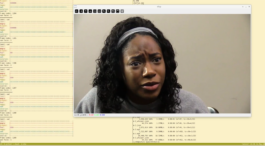


Adding layers to our experiments, we've decided to work with video for adding facial expression to the equation. The first tests show a quick (and somewhat naive) visualisation of a (definitely naive) facial expression reading of an algorithm. The colors in the videos below fluctuate depending on the read emotion.
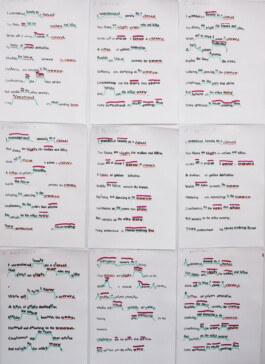
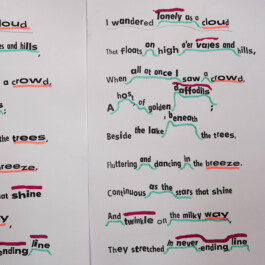
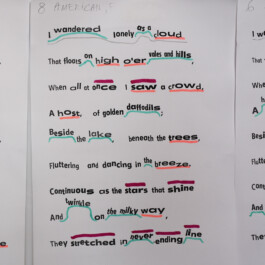
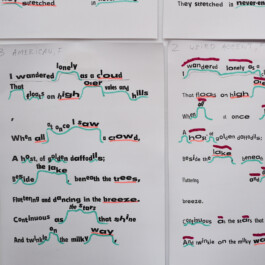
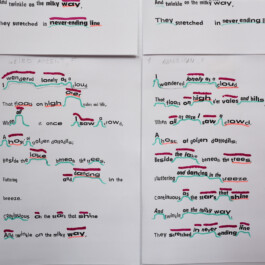
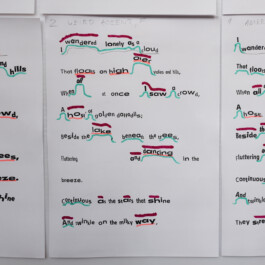
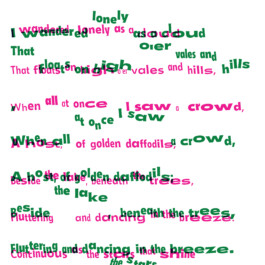









Distinguishing different voices and accents through visualising various prosodic variables. There are many different ways to typographically indicate individual voice patterns by combining it with Praat analysis. In this instance, it was very fruitful to work with poetry readings – since poetry is about repeating patterns and a meticulously choreographed pace, which makes it easier to identify commonalities and individual traits in each reader's voice.


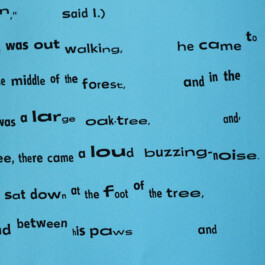
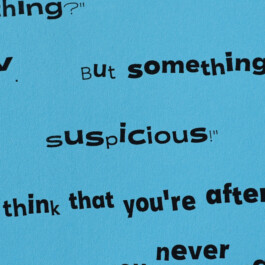
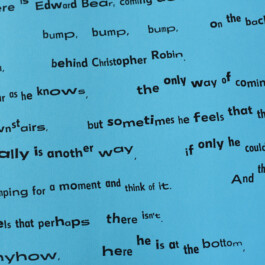

apart from Praat, which is handy for voice analysis, however not for accurate timestamps per word/pause, we are using a tool for phonetic transcription called Gentle. By analysing both an original text and the audio of it being read, it creates a pretty accurate timeline where each phoneme (phonetic combinations of letters) has its own stamp.


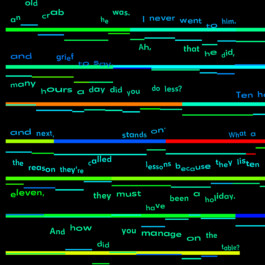
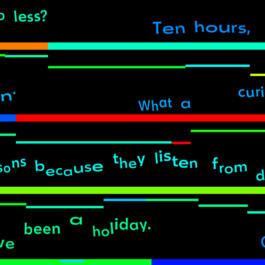
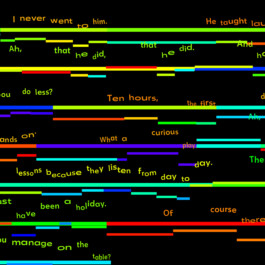
For audio analysis, we are using a very extensive tool called Praat. Although it feels as if we are only scratching the surface of its functionality and the different parameters which are possible to extract from a voice recording, it provides us with a substantial framework and input for typographic visualisations and experiments.
https://www.fon.hum.uva.nl/praat/
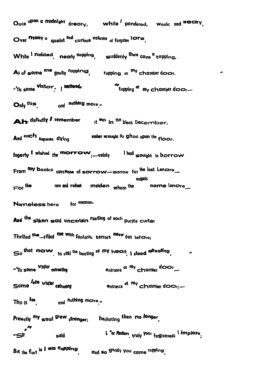
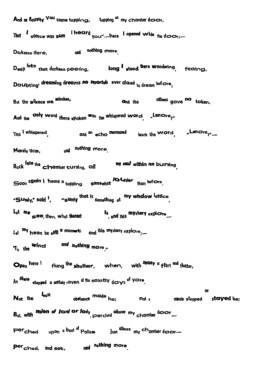
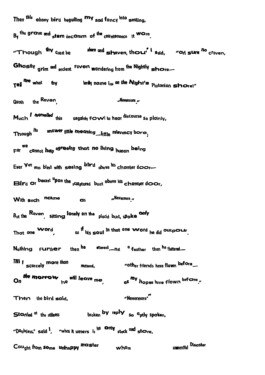

Over the course of 2024 we conducted an extensive series of experiments exploring the connections between writing, reading, the human voice, prosodic expression, and other elements that contribute to transforming text into a dynamic record of time-based performance. Within this project, we focused primarily on the human voice as both a design tool and an instrument for reintroducing the nuanced layers of meaning embedded in verbal speech back into writing.
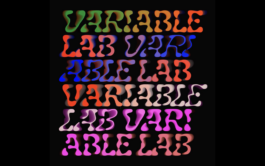
1
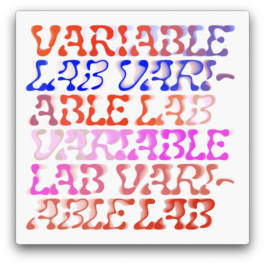
2

3

4
1,2,3,4 Variable Time testing: playing around with letter-by-letter animation delays and motion blurs
how can we show motion and/or variability not just through video but also in static typography, potentially in print?
typeface: Version 2 by Céline Hurka
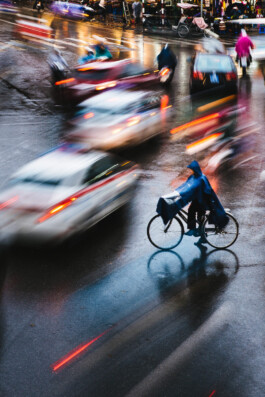






The main feature of Variable Time, a timeline editor, is designed to facilitate playful exploration of variable typography in motion and transitional states.
This feature stems from a central question of our research:
What new layers of meaning can emerge when a time-based aspect is introduced into written communication?
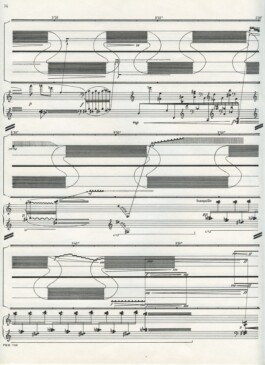
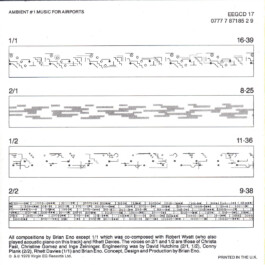
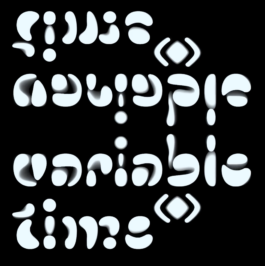
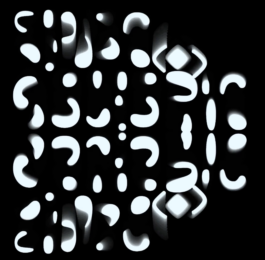
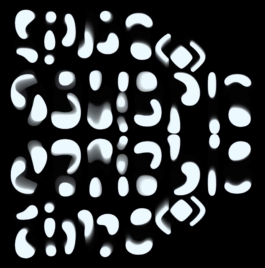


Motion blur + symmetry in Variable Time tool


Experimenting with motion blur in Variable Time tool



Liquid 3-axes variable title for Variable Time


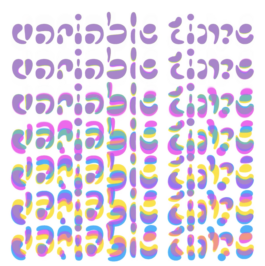







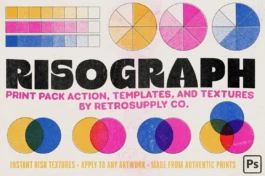
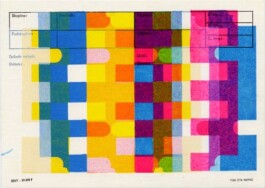
Some experiments made in Variable Time inspired by risoprinting
In different methods of experimental printing, particularly in riso, a lot depends on the accidental misplacement. Overprinted layers can create new color palettes and shapes, and lack of precision leads to new aesthetic or even new layers of meaning. In variable typography, the interpolation between extreme font shapes can be controlled to a bigger or lesser extent and it can even be tied to various inputs through coding. Can we take the methods used in printing and apply it to digital variable typography? Can this be useful beyond interesting aesthetic?










A family of generated variable font creatures
By breaking out of traditional ways of working with fonts and motion we are exploring the variability of typographic voice.



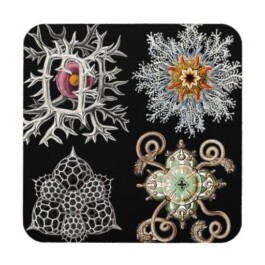
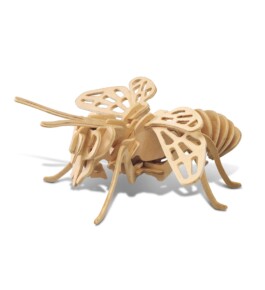
variable fonts can be used beyond verbal language, for example one could use them as constructor modules




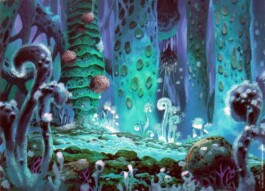
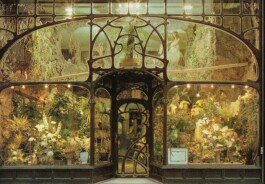



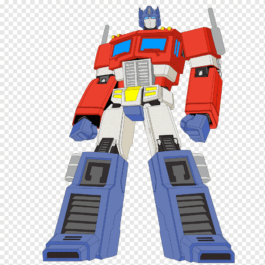

Can variable fonts facilitate new types of non-verbal communication? Perhaps they could function as something between an infographic chart and music notation?



Variable font rendering tests
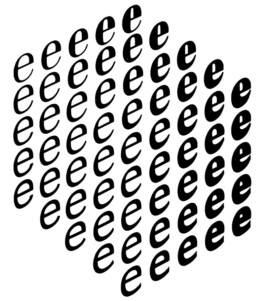
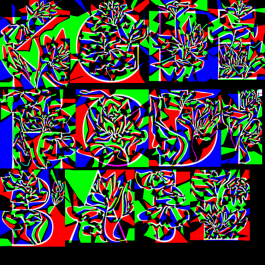


Behind the scenes of Variable Time and other upcoming projects, we extensively research various technical aspects of variable font formats. An especially relevant one is performance: at the moment, most commonly used way of rendering and animating variable text is using HTML and CSS, but it has drawbacks in terms of memory and speed. One of the alternatives which we are exploring in our projects is Signed Distance Field rendering - a technique borrowed from the field of game development, in which each character variation is split into schematic regions to be then rendered back into any scale in real-time.
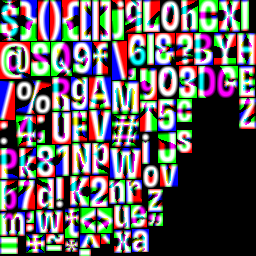



GPU font rendering tests








What new inputs can we involve in design process? Can images be also used as such instruments, passing on their digital DNA to new types of output?













Generated variable creatures

The type creatures could co-inhabit a generative fantastical landscape - Céline's Type Garden






















Variable Lab is a collaborative research endeavour of media artists and developers studio Pointer* and type designer Céline Hurka.
Together they are exploring the new ways in which variable fonts can facilitate written communication.
Variable font technology is relatively recent and is slowly gaining more attention in the design community. We believe it is currently under-explored despite its novelty and significant potential in communication. A variable letterform is a fluid shape with defined extremes and infinite variations. This feature introduces a (time-based) flexibility that can be applied in static and dynamic designs. Such variability can create new layers of information and enrich the reading experience in a wide range of ways. Imagining and implementing those possibilities will be the primary subject of our collective research.
Follow us on instagram
This website is made possible thanks to Stroom Den Haag